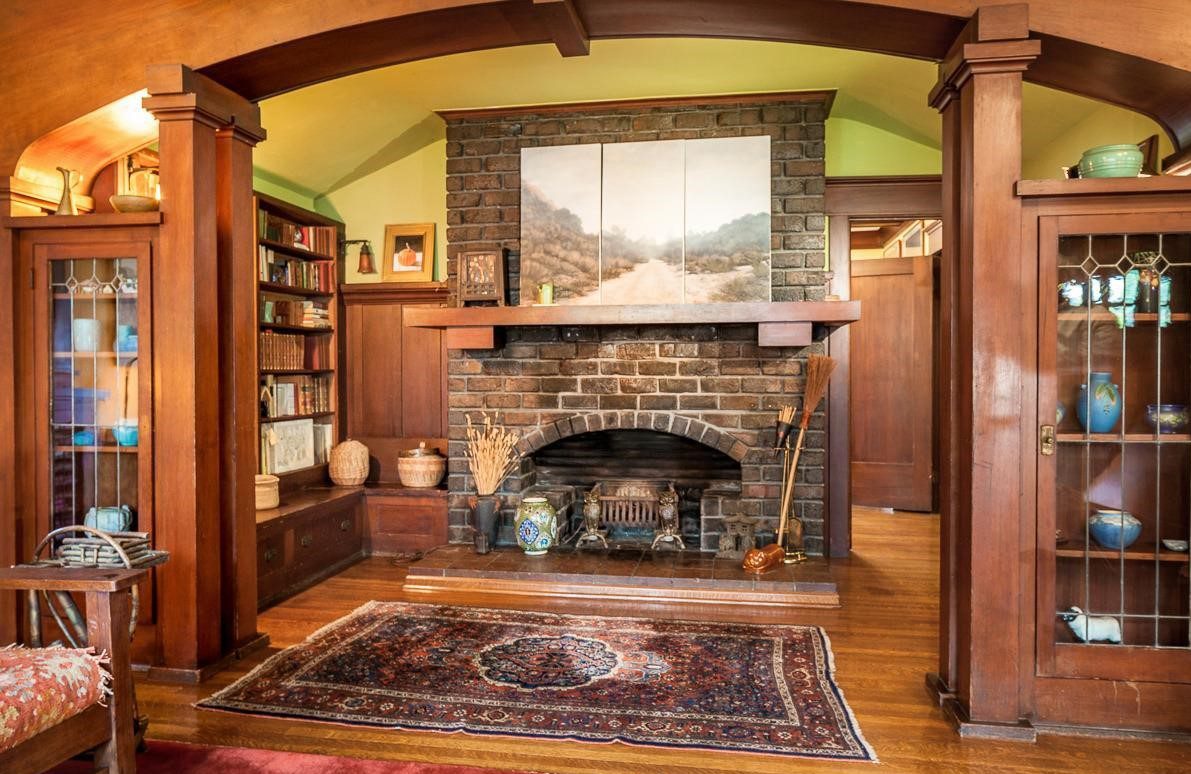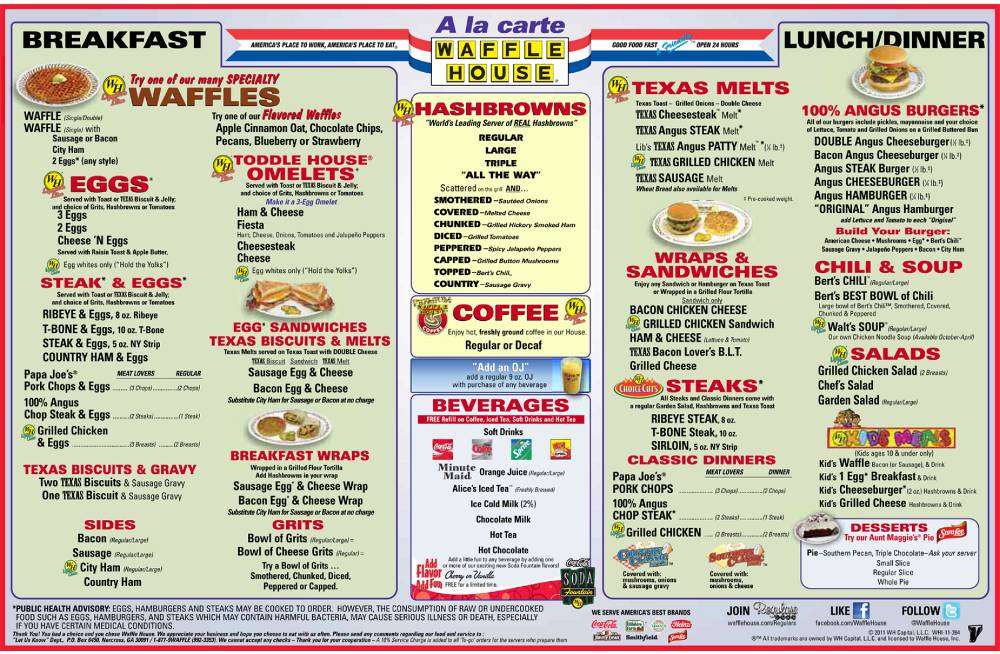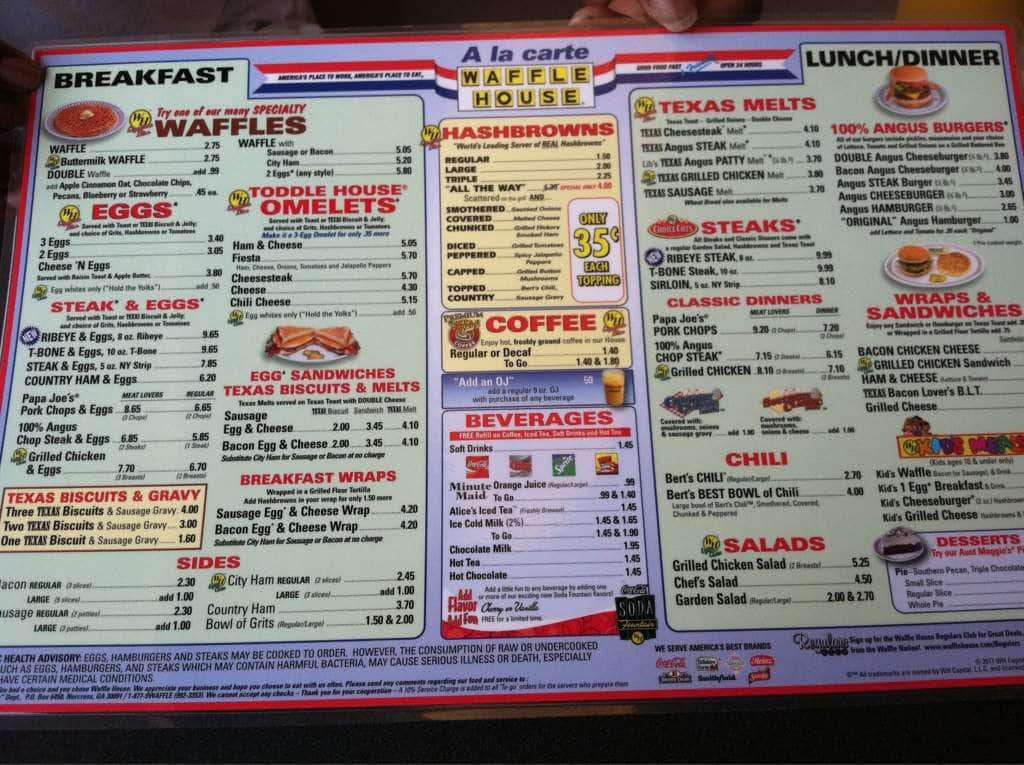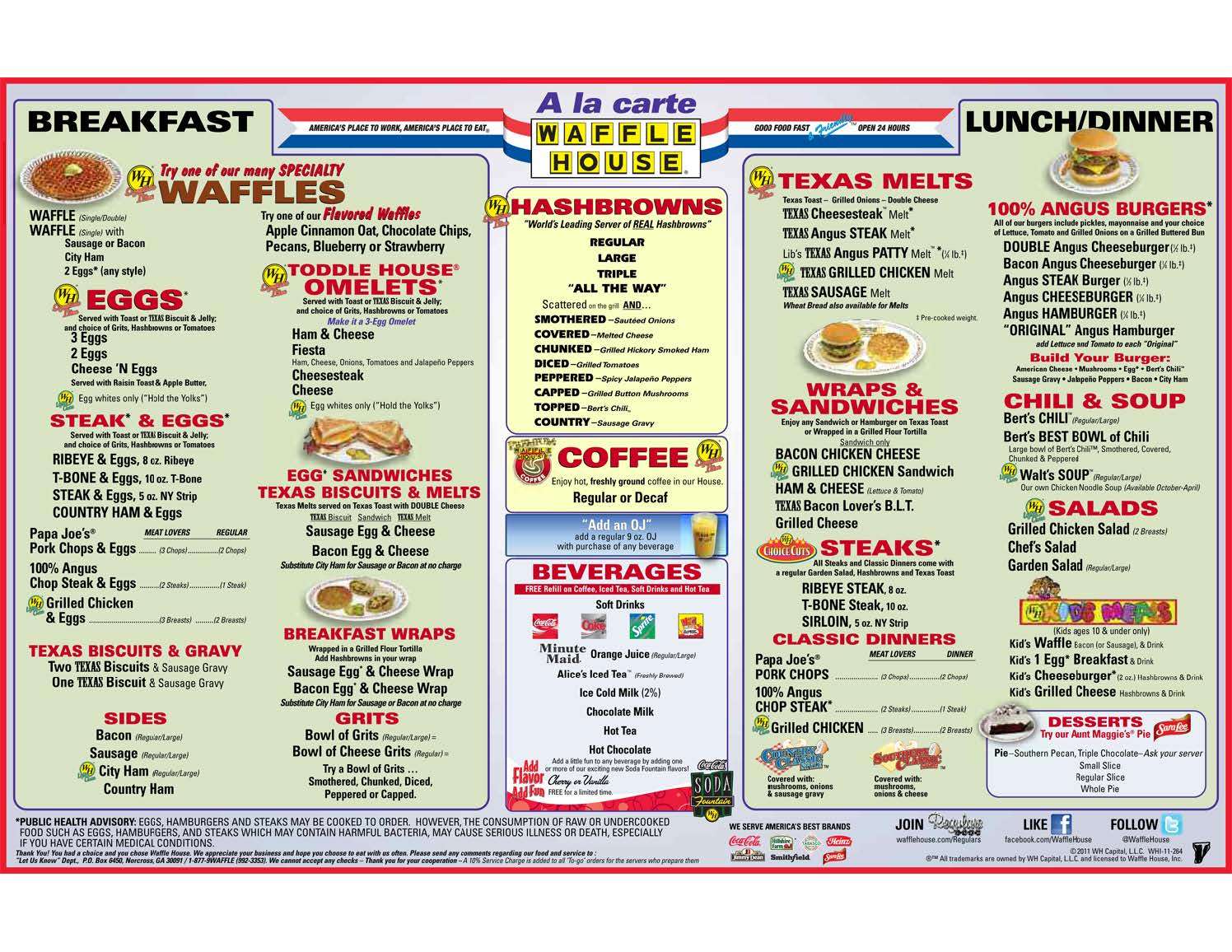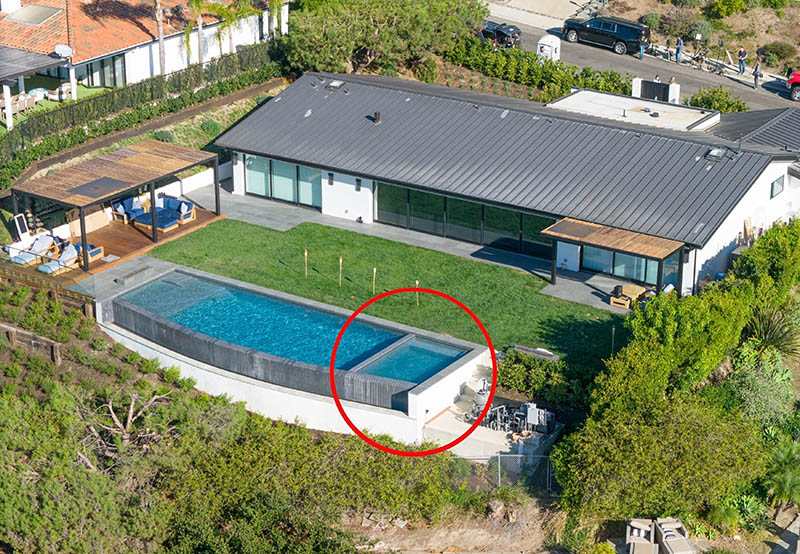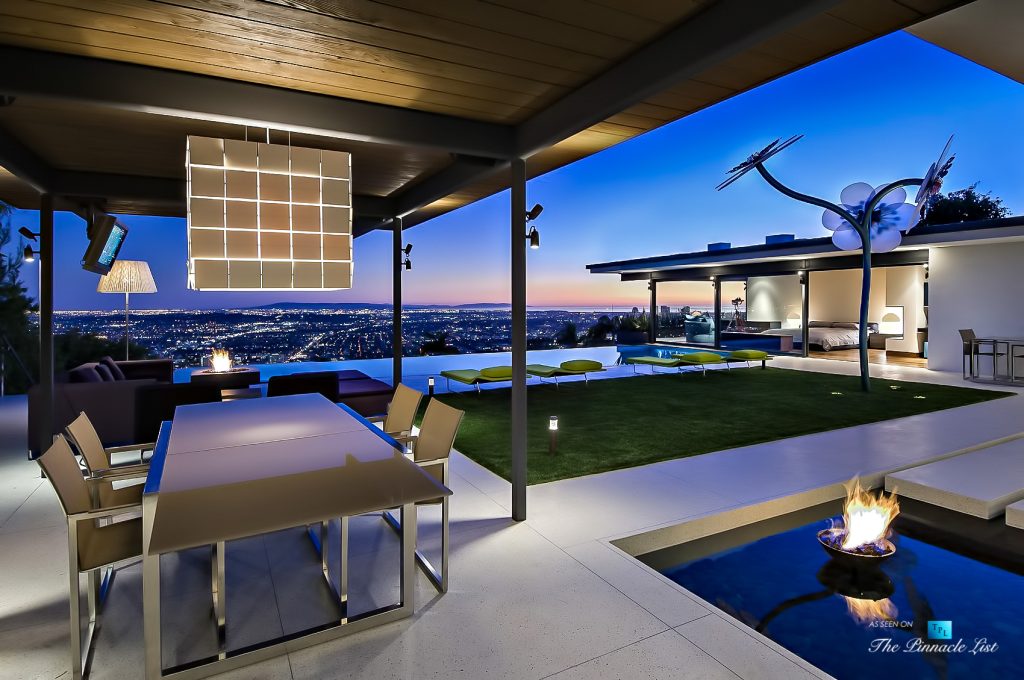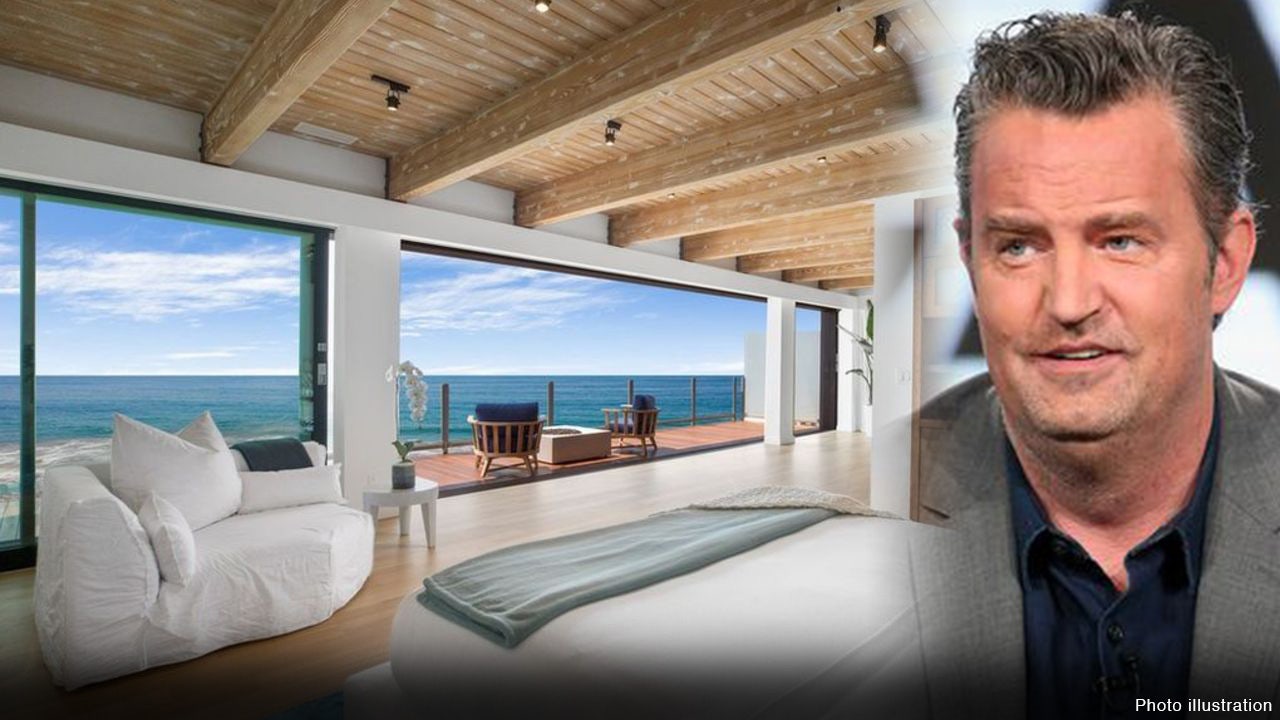Table Of Content
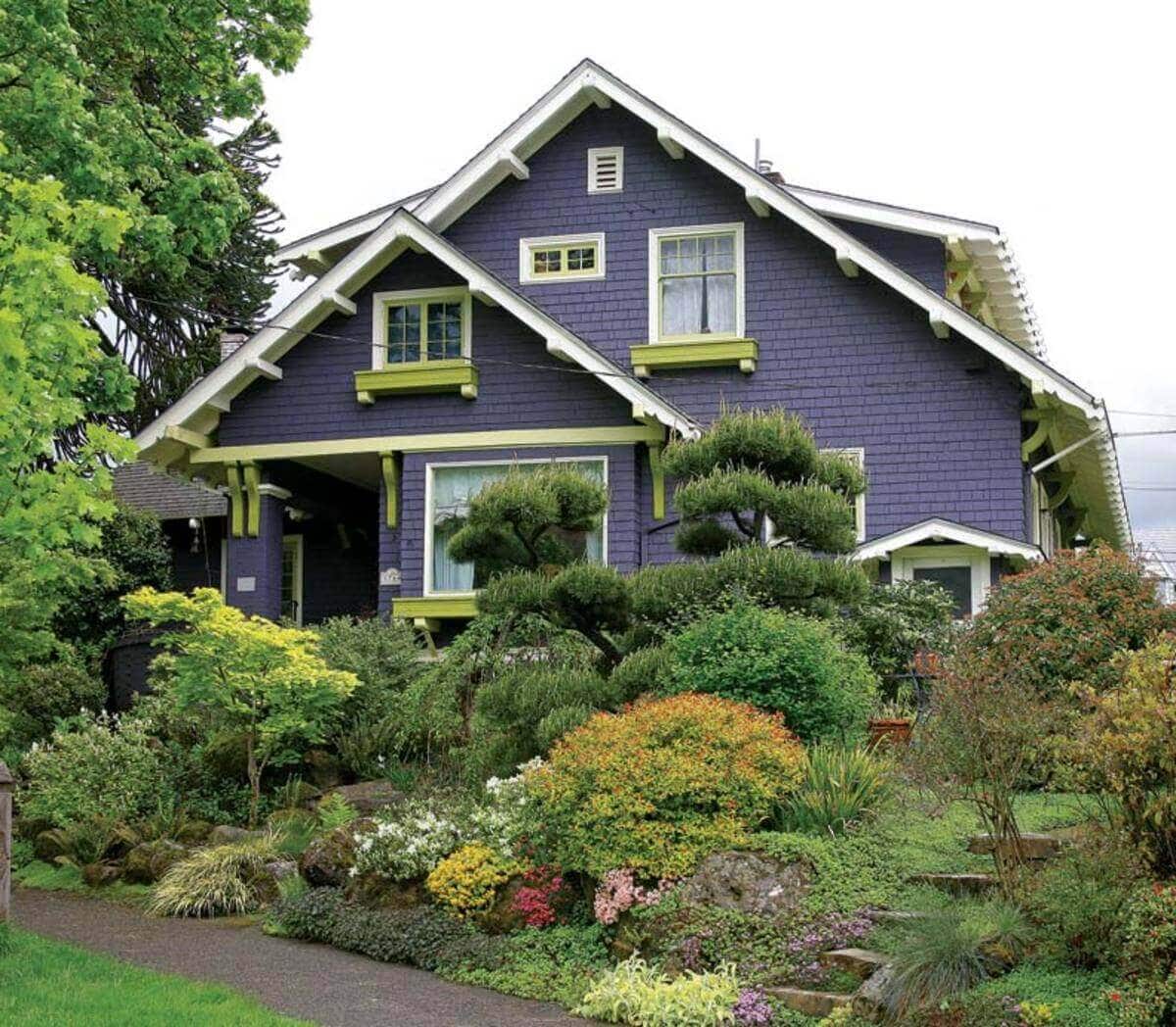
Art was an important consideration in the project, specifically the Latin American works that Deane has collected for years. “We wanted it to feel like there was a conversation between the art and the furniture,” Lavonne Walker says. A series of collages by Brazilian artist Nino Cais complements the soothing energy of the primary bedroom. In the family room, the blues and grays in the large Tiffany Alfonseca painting echo the palette of the textiles in the space. Thus, whether you hear it called Craftsman, American Craftsman, or Arts and Crafts, all these names capture the essence of a design philosophy that celebrates the beauty of handwork.
Timblethorne, Plan #1923
Especially in the Midwest, craftsman houses are some of the most popular and prevalent design styles for new homes. This architectural style offers a timeless charm and grounded vibe that matches the Midwest lifestyle well. However, it’s not uncommon to find craftsman houses throughout the country as well.
Port Royal Coastal Cottage, Plan #1414
The California craftsman style is a regional variation of the broader craftsman style that developed all over the United States. These homes feature large open floor plans, low-pitched roofs, and an emphasis on a seamless transition between indoor and outdoor living. This emphasis on indoor-outdoor spaces may lead to style features like large windows, glass doors, large, spacious porches, and integration within the landscape. Exterior craftsman details include exposed rafters, decorative brackets, and other detailed woodwork around the eaves and porch. Many four-square craftsman homes feature a front-facing hipped gable with a dormer window to add interest to the roofline.
Craftsman Style House Exterior Design Ideas
Craftsman-style homes remain one of the most popular home styles in the United States. Original Craftsman houses are still widely sought after, and the core elements of Craftsman style continue to influence architects to this day. Craftsman homes emerged in the U.S. primarily between 1900 and 1929. The style was a backlash against the mass-produced, Industrial Revolution-fueled Victorian architecture boom.

Fairview Ridge, Plan #1423
The Craftsman style’s emphasis on handcrafted details and natural materials resonates as powerfully today as it did during its inception. In short, these homes are absolutely still in style and are as admired today as they were in the late 19th century. A Craftsman style home interior is inviting, and warm, thanks to the woodwork and natural materials of the cabinetry, flooring and architecture. Despite the overhanging porches built to shade residents from the sun, natural light is an important design element. Both the interior and exterior of craftsman homes may feature built-in elements such as benches, cabinetry, or shelves. These are incorporated with decorative woodwork and enhance the functionality and style of the home.
Braemer Lake is an excellent Craftsman house plan for a vacation home because of the abundance of bedrooms that will house the whole family, two of which are primary suites. Plenty of patio space and common areas make this house a perfect fit for any family. This Craftsman-style house with rustic mountain details would make the perfect lake house. Four bedrooms, including a luxurious primary suite, and large common areas set this apart from your typical Craftsman homes with smaller cottage layouts. This simple, 1,120-square-foot cottage has a large, airy family room right off the expansive front porch and an additional screened-in porch on the rear.
'Architectural Jewel': Century-Old Bay Area Craftsman Designed by Bernard Maybeck - SFGATE
'Architectural Jewel': Century-Old Bay Area Craftsman Designed by Bernard Maybeck.
Posted: Sat, 23 Dec 2023 08:00:00 GMT [source]
Craftsman-Style Homes: The History and Simplicity Behind Their Classic Character
Similar to the ever-popular cottage design, bungalow homes can be influenced by a variety of regional styles, and are typically defined more by their layout than their architectural details. Bungalows are usually one-story homes (but may have a hidden second story under the roof) with practical, quaint floorplans. Second stories usually feature dormer windows to allow light to reach the upstairs bedrooms. Unlike the steeply pitched gables on their Victorian counterparts, these homes tend to have less pronounced, softer pitches on their roofs. At the front, the eaves extend far enough to create a covered porch with tapered columns for support.
On a large scale, Craftsman homes often have a very low design, around one floor or a floor-and-a-half in height. You can consider the house’s design an open floor plan with few hallways and small rooms that center around the kitchen. Many of the Craftsman homes are bungalows or 1.5-story homes with covered front porches. “The style is abundantly unique with exposed beams, stained wood trim and doors, long overhanging eaves, low sloped roofs, and often a combination of painted wood and stucco exteriors,” Grochowski says. Built-in seating and nooks, abundant paneling, and plenty of other woodwork detail cement the Craftsman home design. What characteristics distinguish Craftsman houses apart from other house styles and aesthetics?
Though the term “Craftsman” originally applied solely to homes built from Stickley’s blueprints, today it encompasses a number of styles built containing some of the signature features from his designs. If you're a fan of the architecture, you're in luck—Craftsman homes have sustained their popularity from the East Coast to California, and it's possible to find this style in many regions of the United States. At their heart, prairie-style, Mission Revival, and bungalow homes are all a part of the Craftsman movement. This Craftsman bungalow's broad proportions, overhanging eaves, and exposed brackets are typical of Arts and Crafts construction. Roof designs are generally either single- or double-pitched on Craftsman-style homes. It's also common for the roof to stretch past the exterior walls, resulting in deep eaves that offer shade along the side of the house or form a covered front porch.
While there are plenty of similarities, including gables, eaves, and materials like brick and stone, there are just as many modern ones that stand out. The paint used within a Craftsman house often compliments these eye-catching details. These colors make materials like wood, stone, and brick pop and stand at the center of attention.
Craftsman houses can be found anywhere as they have a widespread influence on this architectural style. Front the suburbs in the Midwest to Urban areas in the North, Craftsman homes have found their place in American architectural history. This Craftsman-style house plan contains Craftsman features like a grand, stone-clad entryway and symmetrical, cascading gables. Go rustic with the exterior and building with natural rough-hewn siding and varieties of stone to create a showstopping mountain retreat. Are you looking for more of a Craftsman-style house but still want a classic Southern appeal? Look no further than the Ellenton Place plan with its Arts and Crafts meets Victorian revival facade.
The modest size and single-story construction characterize the craftsman bungalow style. Craftsman bungalows, unlike some other types of craftsman homes, have an open floor plan that integrates the living spaces. Because of their modest size and thoughtful design, these homes are prominent in both urban and suburban settings.
A Craftsman style home is a small to medium-sized, single family home that usually is a square shape with two stories. The wood joinery and front porch are the most apparent traits of a Craftsman style home, but the design has been adapted to suit homeowners needs since their earliest development in the late 19th century. Craftsman house style was inspired by the Arts and Crafts movement towards the end of the 19th century. Some architects of the early to mid-20th century drew inspiration from the midwestern landscape and combined these ideas with craftsman design. This group, most notably Frank Lloyd Wright, developed the Prairie School.
Outside of the Frank Lloyd Wright–designed Robie House in Chicago, Illinois. A snapshot inside Frank Lloyd Wright’s Robie House shows a keen focus on woodwork that is void of ostentatious ornamentation. Los Angeles, San Diego, and the surrounding areas have thousands of California bungalows with “Bungalow Heaven” now a landmark district in Pasadena.
The craftsman home style emerged as an architectural style in the late 19th and early 20th centuries. The craftsman home style, also known as American craftsman style, began as a reaction to the ornate and mass-produced industrially driven architecture of the Victorian age. By design, Craftsman houses are meant to evoke simpler, quainter times. They came about in response to the Victorian architectural movement from the late 1830s to the early 1900s, which focused on extravagant architecture and ornate details. The telltale elements include cabinetry with inset doors, elegant latching hardware, and exposed hinges.


